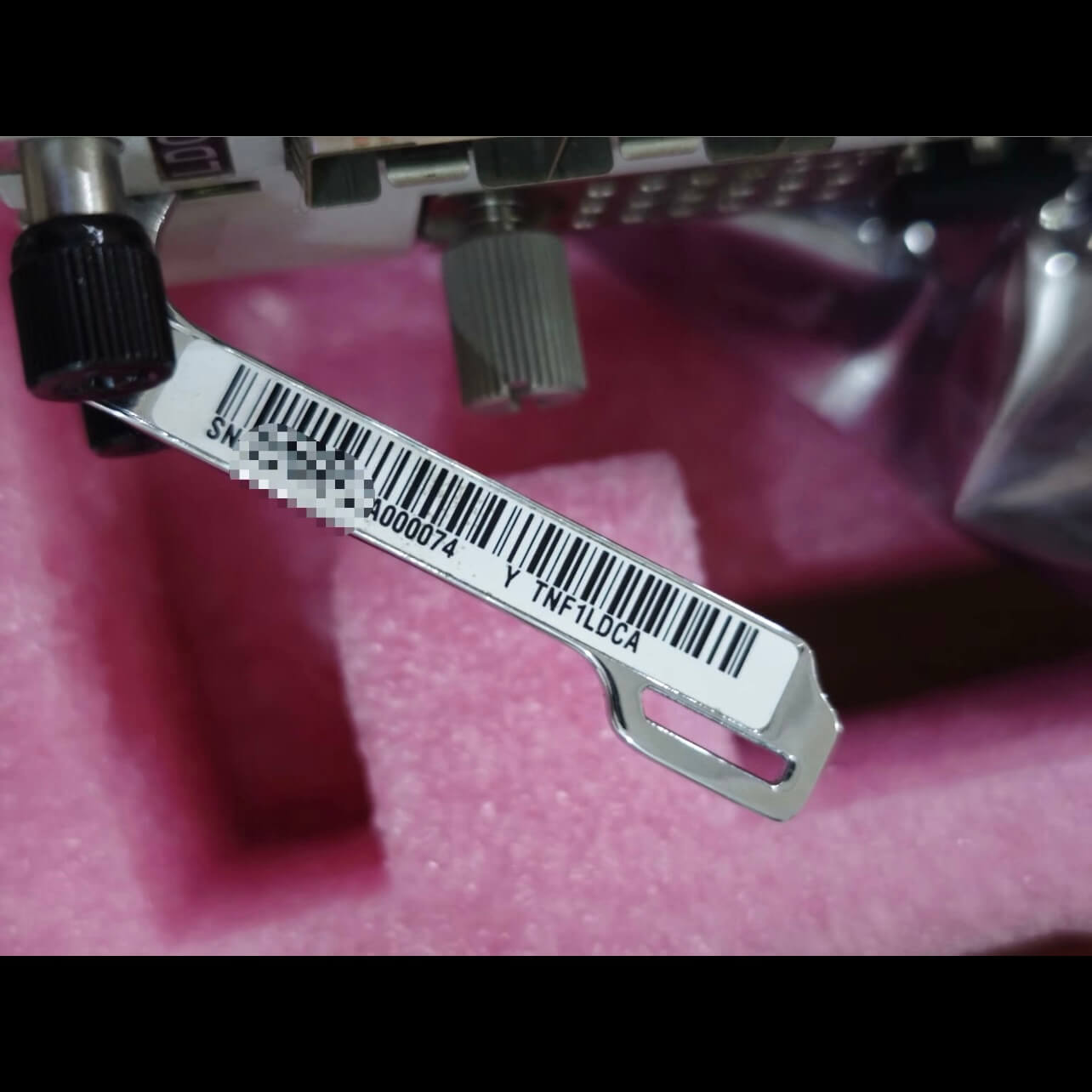Link You To Professional Networks

TNF1LDCA Is Huawei OptiX OSN 1800 2 Port 100G Multi-rate Ports Wavelength Conversion Board

Huawei OptiX OSN 1800 2 Port 100G Multi-rate Ports Wavelength Conversion Board TNF1LDCA Overview
TNF1LDCA: 2 x 100Gbit/s Or 10 x 10Gbit/s Multi-rate Ports Wavelength Conversion Board
The LDCA board is a wavelength conversion board and applies to coherent systems, the board maps optical signals received on the client side into one OTUC2 or OTU4 signal, and performs mutual conversion between the OTUC2/OTU4 signal and the optical signal carried over an ITU-T-compliant WDM wavelength.
The LDCA board supports hybrid transmission of different services, and the total bandwidth does not exceed the WDM-side rate. The LDCA board provides twelve service ports.
The LDCA board consists of the client-side optical module, WDM-side optical module, signal processing module, control and communication module, and power supply module.
The LDCA board regenerates one unidirectional OTUC2/OTU4 optical signal, which is carried over an ITU-T G.694.1-compliant DWDM wavelength at both the transmit and receive ends.
The optical receiver receives the optical signal to be regenerated through the IN optical port and performs O/E conversion.
The signal processing module performs decoding, overhead processing, and encoding to reshape, regenerate, and retime the electrical signal and encapsulates the signal into OTN frames.
After receiving the encoded signal, the optical transmitter performs E/O conversion and outputs one OTUC2/OTU4 optical signal carried over an ITU-T G.694.1-compliant DWDM wavelength.
The converted optical signal is output from the OUT optical port.
Functions and Features of the TNF1LDCA Board
|
Function and Feature |
Description |
|
Basic function |
Provides twelve tributary port and one line port to convert received client-side services into OTU signals. |
|
Client-side service type |
NOTE: When 100GE or OTU4 services are received from port TX11, no service can be received from ports TX1 to TX8.When FC1600 services are received from port TX11, no 100GE or OTU4 service can be received from port TX12.In 100G mode, TX12 cannot be used.The STM-64/OC-192/10G WAN services support synchronous and asynchronous mapping modes.Only in MPO mode, one 40GE service can be received from ports TX5 to TX8 using an MPO fiber.In common mode, ports TX1 to TX10 support 10G Any services. In MPO mode, only ports TX1 to TX4 and ports TX9 and TX10 support 10G Any services.Only ports TX1 to TX4 and ports TX11 and TX12 support FC1600 services.Only ports TX11 and TX12 support 100GE, OTU4, and FC3200 services. |
|
Service mapping mode |
NOTE: During interconnection with third-party equipment, the STM-64 service uses the asynchronous mapping encapsulation mode. |
|
WDM specification |
Supports the DWDM specifications. |
|
Tunable wavelength |
Supports the optical tunable transponder. Equipped with this module, the board can tune the optical signal output on the WDM side within the range of 96 wavelengths in extended C-band with the channel spacing of 50 GHz. |
|
FEC coding |
Client side:
WDM side:
NOTE: For FC services, only FC3200 services support RSFEC, and other FC services do not support FEC. |
|
Line modulation format |
NOTE: Only the QPSK wDCM modulation format can be used on a non-coherent hybrid transmission network. |
|
OTN overhead |
|
|
LPT |
Supports the LPT function when the client-side service is 10GE LAN. |
|
Intra-board 1+1 protection |
Supported NOTE: Supports intra-board 1+1 protection when working with the OLP board. |
|
Client 1+1 protection |
Supported NOTE:
|
|
ODUk SNCP |
Not supported |
|
Optical-layer ASON |
Supported NOTE: Only supported when the TNZ6UXCMS/TNZ5UXCMS/TNZ8XCH/TNZ3UXCL/TNZ2UXCL board is used. |
|
L1 service encryption |
Supports service OPUk payload encryption and decryption. NOTE: The service encryption function of the board is determined by the board license. |
|
Digital optical label |
When LS Ability is enabled, the board supports loading low-frequency pilot-tone modulation signals and overheads during wavelength conversion, and can work the optical-layer board that supports the digital optical label function to detect optical power and overheads and report optical performance data. |
|
Overtemperature protection |
Supported. If the temperature of a board exceeds the upper threshold and services are affected, the board will automatically reset the key chips to prevent a board damage. |
|
ALS |
Supported when non-OTN services are received on the client side. |
|
LLDP |
Not supported |
|
Physical clock |
|
|
IEEE 1588v2 |
Supported when 10GE LAN MAC transparent mapping(10.7G), or 100GE MAC transparent mapping ODU4(100G) services are received on the client side. |
|
ITU-T G.8275.1 |
Supported when 10GE LAN MAC transparent mapping(10.7G), or 100GE MAC transparent mapping ODU4(100G) services are received on the client side. NOTE: The destination MAC address cannot be set to the non-forwardable address (01-80-C2-00-00-0E). Otherwise, the PTP clock cannot be traced, and the downstream PTP clock may be affected, resulting in PTP clock tracing abnormalities. |
|
ITU-T G.8273.2 |
Supported |
|
Outband DCN |
Supports ESC communication. NOTE: When OTUk services are received on the client side, ESC processing is supported. For details about the DCN types supported by the board, see "Feature Description - Outband DCN - Introduction to DCN - DCN Communication Channel - Comparison Between OSC and ESC". |
|
Test frame |
Supported when the client-side service type is 10GE LAN or 100GE and the port service mapping path is MAC transparent mapping. NOTE: When the client-side service type is 100GE and the port service mapping path is Bit transparent mapping ODU4(100G) , only downstream test frames are supported. |
|
PRBS |
|
|
Latency measurement |
|
|
Channel loopback |
Supports ODUk(k=2(e),3,4,flex) channel inloops and outloops. NOTE: When the board is in service encryption mode, the loopback operation is not supported. |
|
Port loopback |
NOTE: When the board is in service encryption mode, the loopback operation is not supported. |
|
Alarm and performance event monitoring |
|


